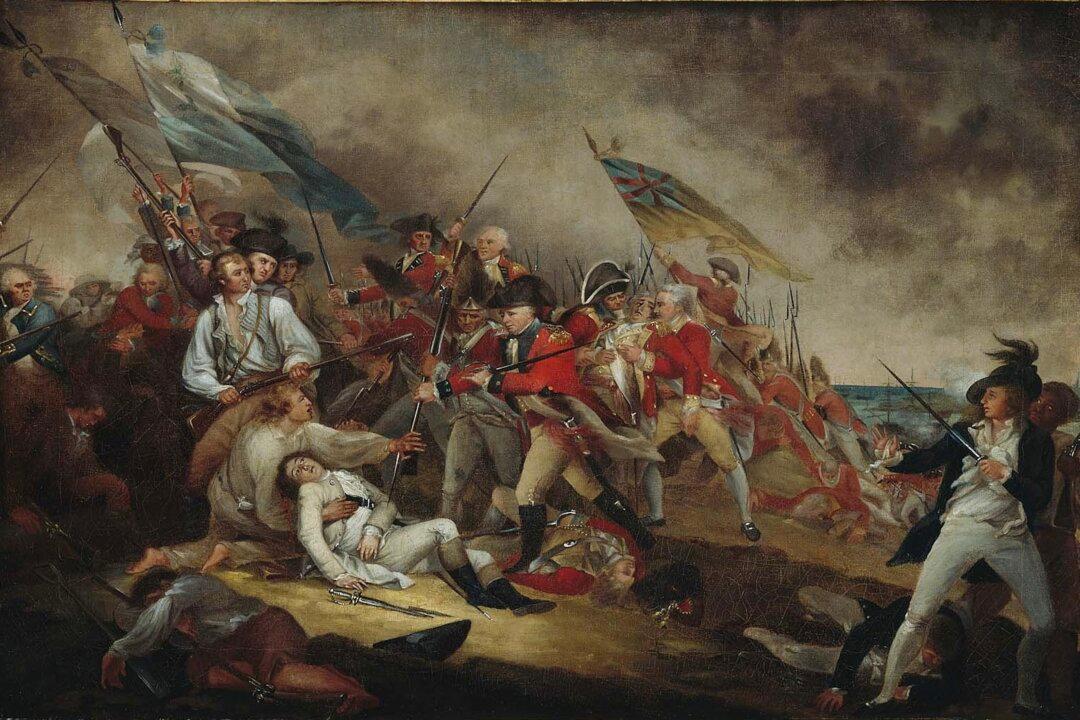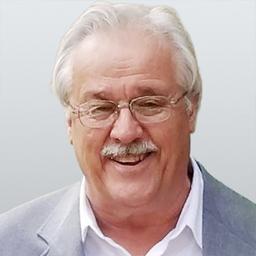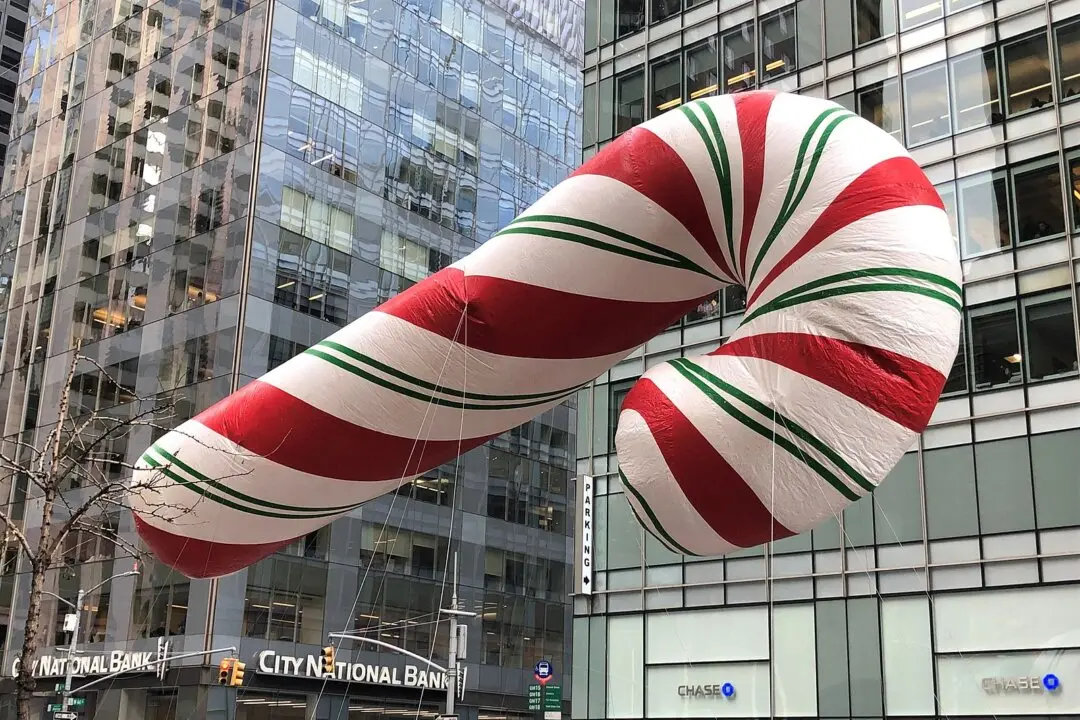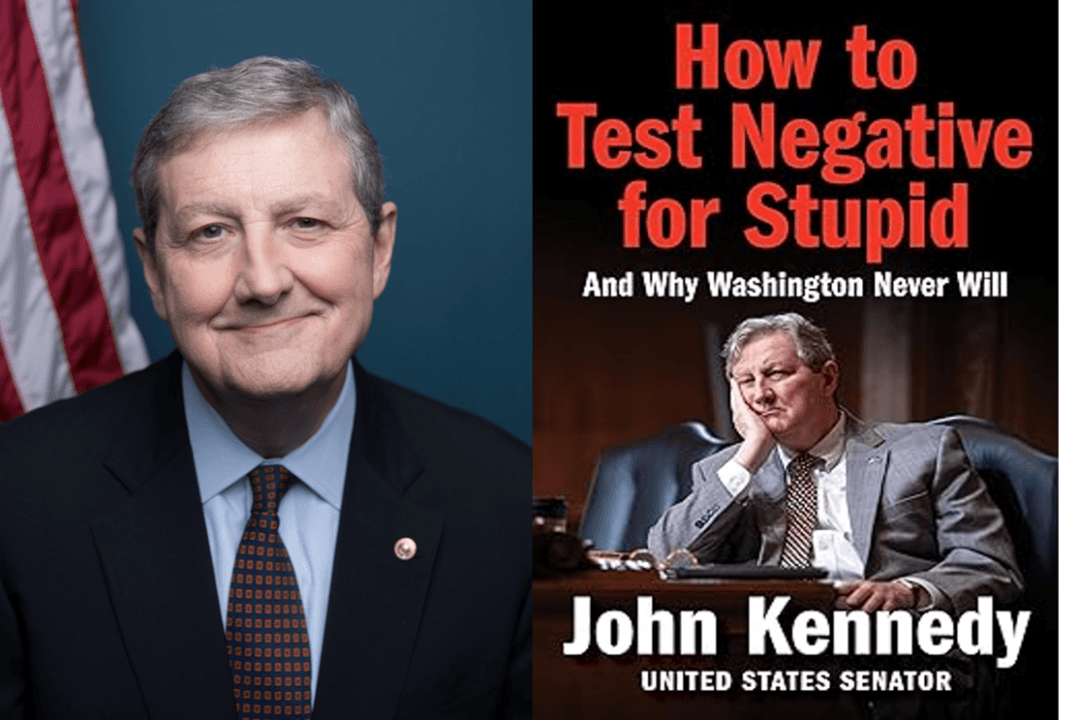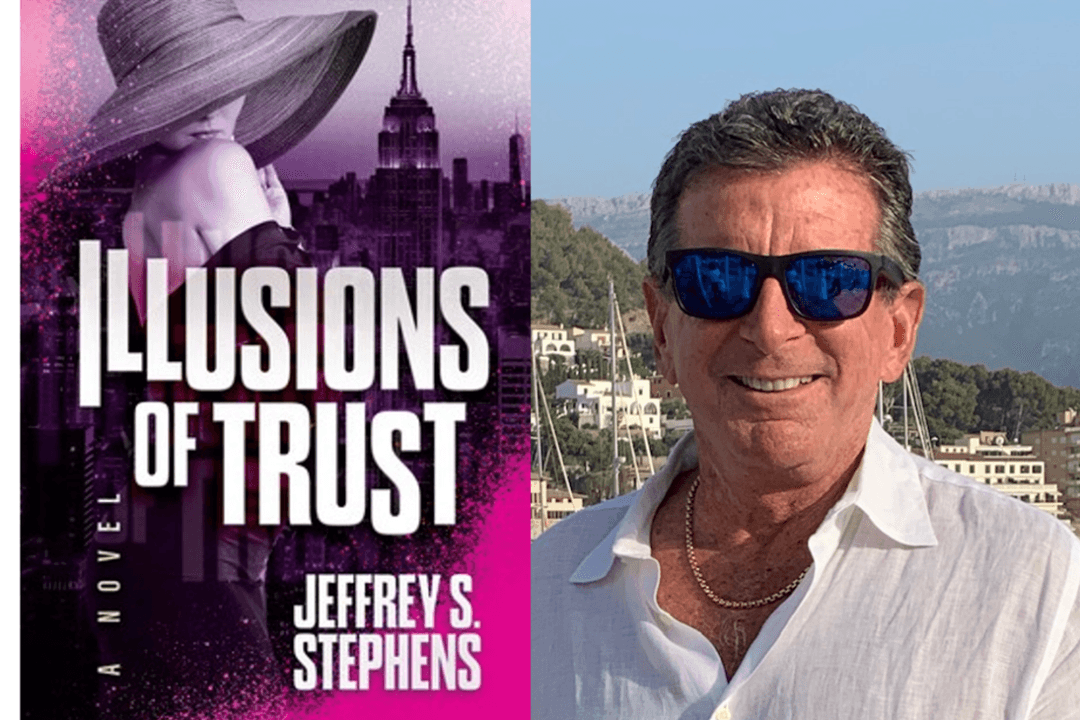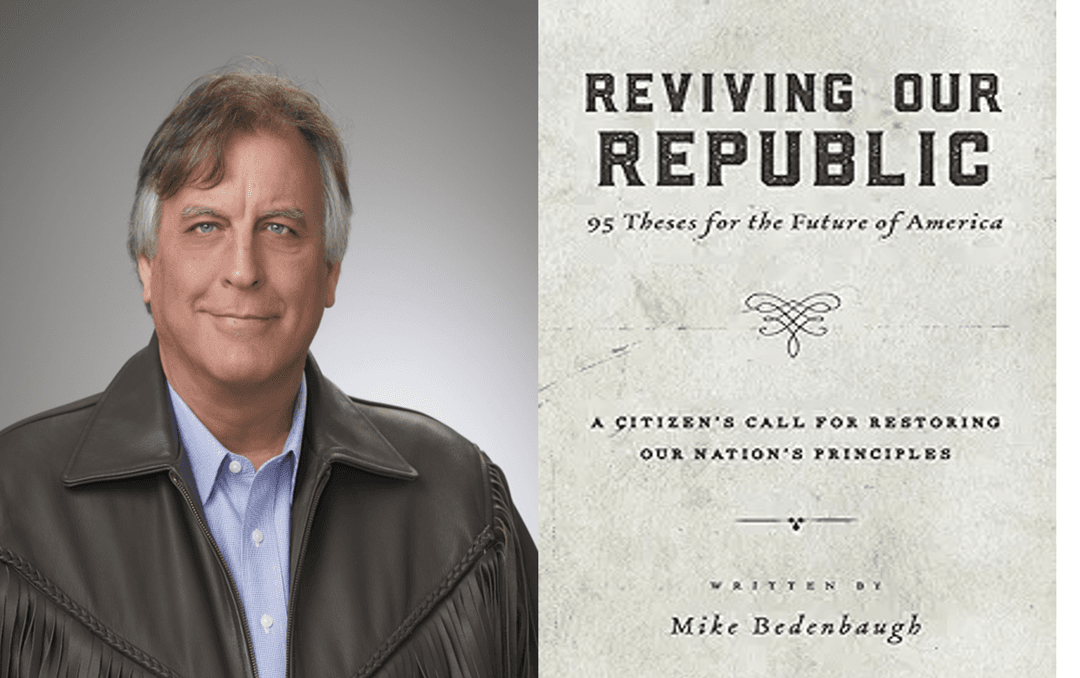George Washington, Thomas Jefferson, and James Madison are names typically associated with America’s founding, but others deserving mention are cloaked in obscurity. One such man is Dr. Joseph Warren, a Massachusetts native and patriot who played an instrumental role in the drive for America’s independence.
Warren was a respected physician in the 1760s. The son of a farmer, he was educated at Harvard University and was an underground leader of the Sons of Liberty, a separatist movement seeking freedom from Great Britain a decade before July 4, 1776.
The affable and widely respected Dr. Warren authored a series of articles beginning in 1767 for the Boston Gazette under the pseudonym “A True Patriot.” Warren later penned the Suffolk Resolves, a document passed unanimously by the First Continental Congress. The declaration urged Colonists to cease paying taxes and trading with Great Britain in protest of punitive laws following the Boston Tea Party.
The Suffolk Resolves was seen as the precursor to the Declaration of Independence, but sadly the signature of this patriot whose tireless efforts helped make that freedom a reality is missing from the founding document.

